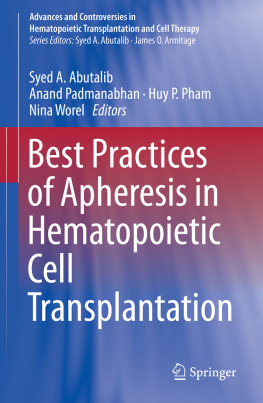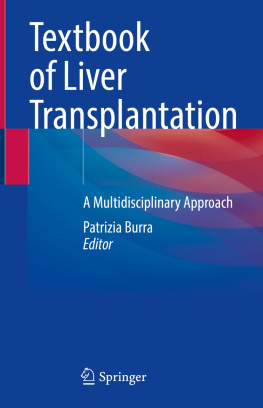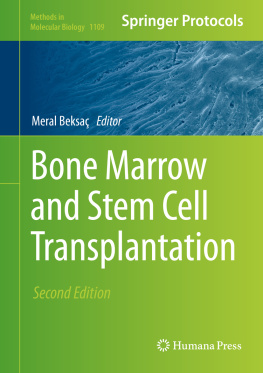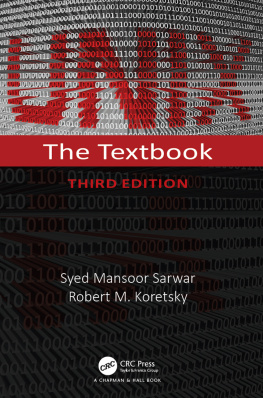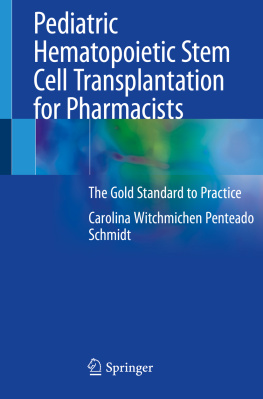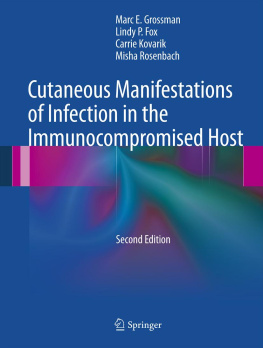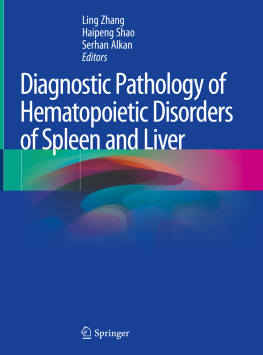Syed A. Abutalib - Best Practices of Apheresis in Hematopoietic Cell Transplantation
Here you can read online Syed A. Abutalib - Best Practices of Apheresis in Hematopoietic Cell Transplantation full text of the book (entire story) in english for free. Download pdf and epub, get meaning, cover and reviews about this ebook. year: 2020, publisher: Springer International Publishing, genre: Home and family. Description of the work, (preface) as well as reviews are available. Best literature library LitArk.com created for fans of good reading and offers a wide selection of genres:
Romance novel
Science fiction
Adventure
Detective
Science
History
Home and family
Prose
Art
Politics
Computer
Non-fiction
Religion
Business
Children
Humor
Choose a favorite category and find really read worthwhile books. Enjoy immersion in the world of imagination, feel the emotions of the characters or learn something new for yourself, make an fascinating discovery.
- Book:Best Practices of Apheresis in Hematopoietic Cell Transplantation
- Author:
- Publisher:Springer International Publishing
- Genre:
- Year:2020
- Rating:3 / 5
- Favourites:Add to favourites
- Your mark:
- 60
- 1
- 2
- 3
- 4
- 5
Best Practices of Apheresis in Hematopoietic Cell Transplantation: summary, description and annotation
We offer to read an annotation, description, summary or preface (depends on what the author of the book "Best Practices of Apheresis in Hematopoietic Cell Transplantation" wrote himself). If you haven't found the necessary information about the book — write in the comments, we will try to find it.
Best Practices of Apheresis in Hematopoietic Cell Transplantation — read online for free the complete book (whole text) full work
Below is the text of the book, divided by pages. System saving the place of the last page read, allows you to conveniently read the book "Best Practices of Apheresis in Hematopoietic Cell Transplantation" online for free, without having to search again every time where you left off. Put a bookmark, and you can go to the page where you finished reading at any time.
Font size:
Interval:
Bookmark:
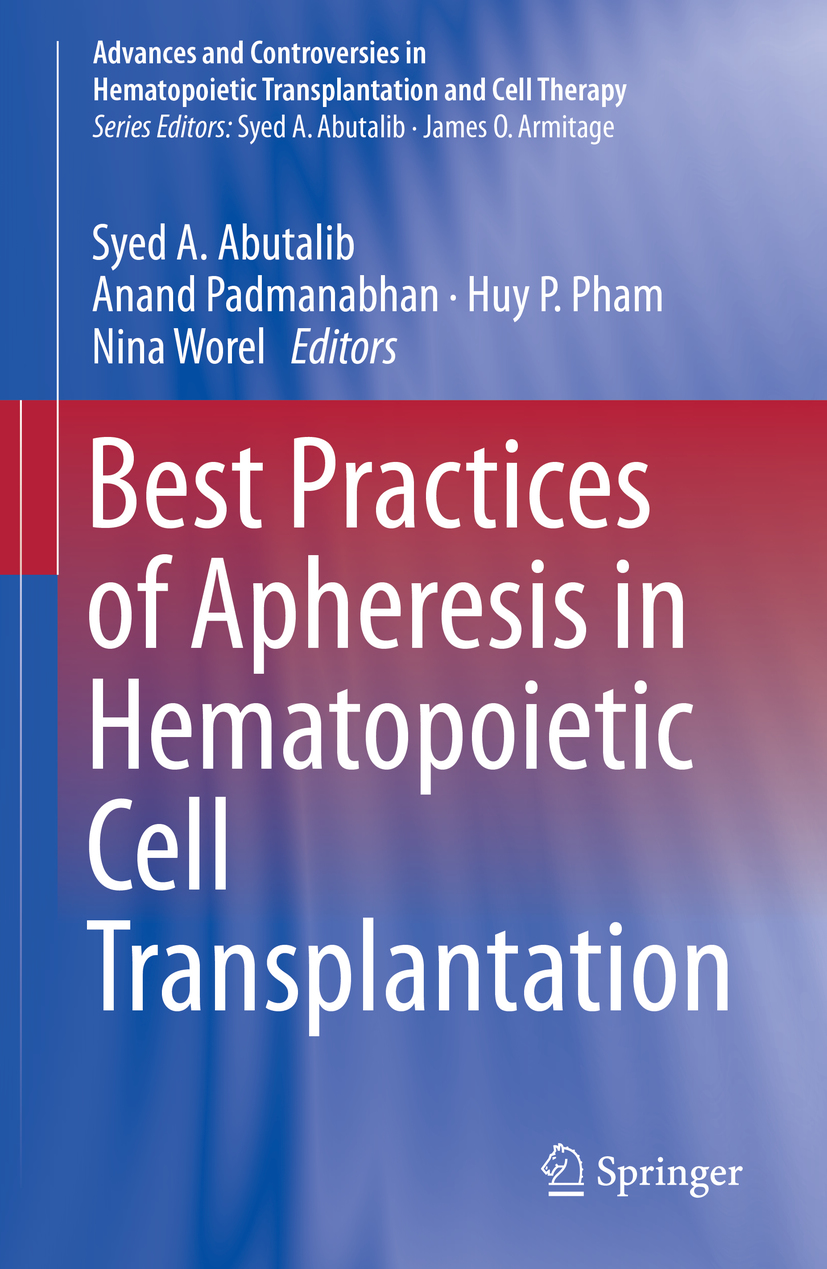
Each volume will focus on different aspects of blood and marrow transplantation or cellular therapy and presents up-to-date data and concepts as well as controversial aspects.
More information about this series at http://www.springer.com/series/13907

This Springer imprint is published by the registered company Springer Nature Switzerland AG
The registered company address is: Gewerbestrasse 11, 6330 Cham, Switzerland
With great pleasure, we present this inaugural edition of Best Practices of Apheresis in Hematopoietic Cell Transplantation as part of the handbook series on Advances and Controversies in Hematopoietic Cell Transplantation and Cellular Therapy. This project is a collaborative effort that spanned a time period of more than 2 years and included more than 20 experts, many whom are national leaders in their respected fields.
Hematopoietic progenitor cell (HPC) transplantation has been used increasingly in the treatment of both nonmalignant and neoplastic conditions. There are many critical steps to ensure a successful transplantation and obtaining an adequate amount of HPCs is one of them. Currently, HPCs can be obtained from related or unrelated donors (allogeneic HPC collections), the patient him/herself (autologous HPC collections), or cord blood. Similar to the source, there are various methods of obtaining HPCs. Typically, they are harvested either from the bone marrow or from the peripheral blood after mobilization. At this time, especially for the treatment of neoplastic diseases, the majority of HPCs are obtained from peripheral blood by apheresis due to the ease of collection and other clinical benefits for the donor/recipient discussed in the following chapters. Additionally, apheresis procedures may also be used to treat complications arising from allogeneic hematopoietic cell transplantation (allo-HCT), such as extracorporeal photopheresis (ECP) for the treatment of acute or chronic graft-versus-host disease, or in preparation of the patient for the transplant, such as therapeutic plasma exchange for recipients isoagglutinin reduction (in major mismatched) or red blood cell exchange for decreasing hosts red blood cells that would be the target for passenger lymphocyte syndrome (in minor mismatched) in patients undergoing ABO mismatched allo-HCT. Hence, apheresis plays an important role in the field of HCT. However, although the common goal is to get the patient to transplant, apheresis practices to achieve this goal may vary between institutions. This handbook seeks to provide readers with Best Practices in Apheresis with an emphasis on using this technique in the field of hematopoietic cell transplantation (HCT).
Since HPC product collections and HCT are highly regulated, this handbook begins with a chapter discussing various administrative and regulatory considerations. Accreditation by the Foundations for Accreditation in Cellular Therapy (FACT) or Joint Accreditation Committee ISCT and EBMT (JACIE) is an important benchmark of quality assurance used by many transplant programs; thus, a chapter on the topic of FACT/JACIE inspections and practical tips on how to avoid common citations is helpful and, therefore, is included. The next several chapters outline the process of donor selection and evaluations and different mobilization strategies commonly used in both allogenic and autologous transplant settings. A brief summary of the technical aspects and principles of different apheresis devices utilized in the collection process, including lymphocyte collection for donor lymphocyte collection (DLI), as well as information on cellular processing, such as in bone marrow harvests, along with prediction algorithms for HPC collection are provided. The remainder of the handbook discusses different apheresis procedures and their indications in the field of HPC transplantation. Specifically, anticoagulation and peri-procedural considerations are discussed along with different indications for the use of therapeutic plasma exchange/immunoadsorption, red blood cell exchange, and extracorporeal photopheresis. Furthermore, there are risks associated with apheresis procedures and thus, a chapter on how to recognize and provide care for apheresis complications is provided. Finally, recommendations and guidance on handling common challenges in apheresis medicine, such as in children or apheresis practice in a limited resource setting, are provided.
Font size:
Interval:
Bookmark:
Similar books «Best Practices of Apheresis in Hematopoietic Cell Transplantation»
Look at similar books to Best Practices of Apheresis in Hematopoietic Cell Transplantation. We have selected literature similar in name and meaning in the hope of providing readers with more options to find new, interesting, not yet read works.
Discussion, reviews of the book Best Practices of Apheresis in Hematopoietic Cell Transplantation and just readers' own opinions. Leave your comments, write what you think about the work, its meaning or the main characters. Specify what exactly you liked and what you didn't like, and why you think so.

